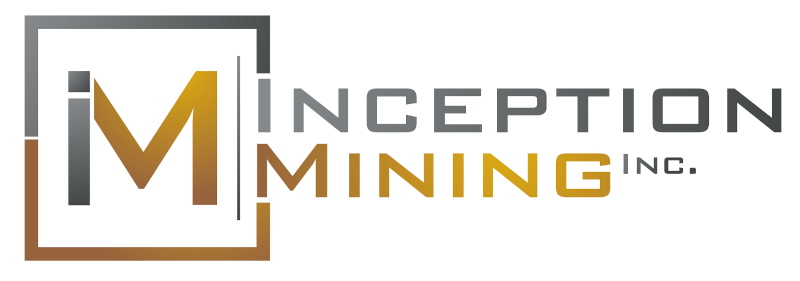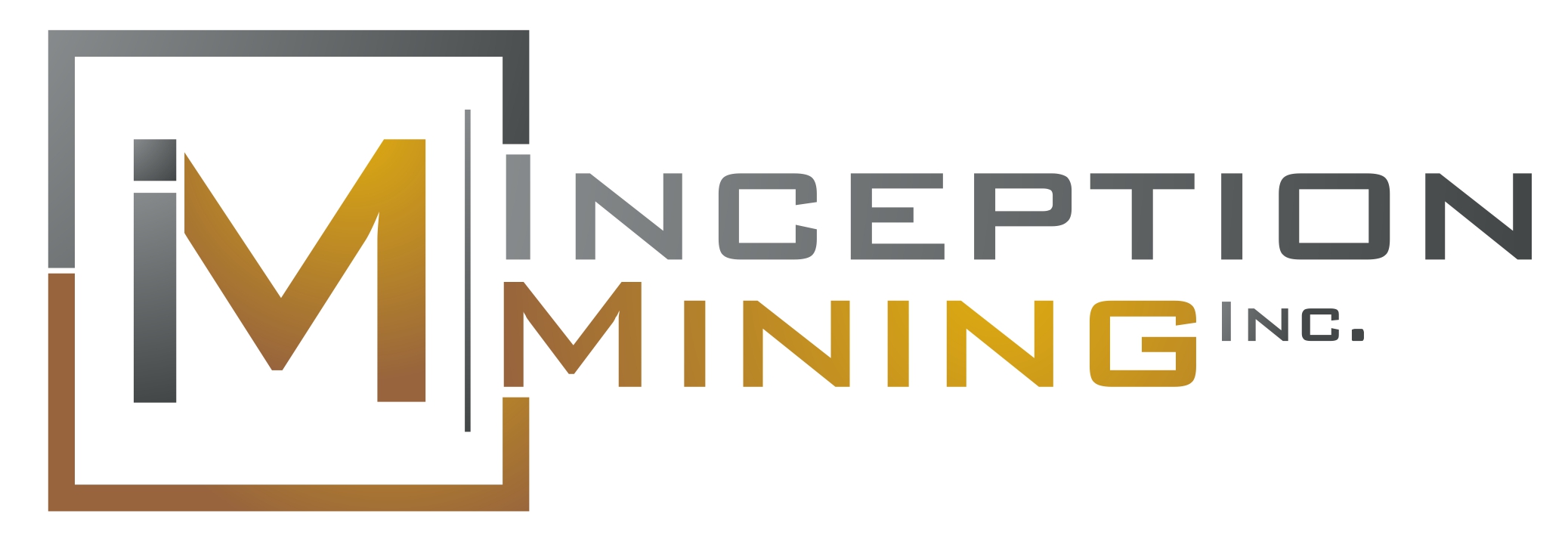The Boise Basin, at the southwest end of the trans-Challis fault system, produced 2.9 million ounces from 1863-1980, more gold than any other mining locality in Idaho. At the opposite, northeastern, end of the fault system, there are more than a dozen epithermal gold-silver deposits of Tertiary age with common characteristics, including the UP Burlington mine. They are all vein deposits with simple mineralogy (i.e. quartz gangue) with free gold and auriferous pyrite, and they are in northeast-trending shears or fissures of the trans-Challis fault system. Mineral deposits along the trans-Challis structural system are hosted by a variety of country rock types: Upper Cretaceous granitic rocks of the Idaho batholith, Tertiary dikes, Eocene plutonic rocks and dikes, Paleozoic or PreCambrian roof pendants within the Idaho batholith, pyroclastic rocks of the Eocene Challis volcanics, or, as in the case of the UP Burlington mine, Precambrian meta-sedimentary and igneous rocks. (Kilsgaard & others, 1986).

